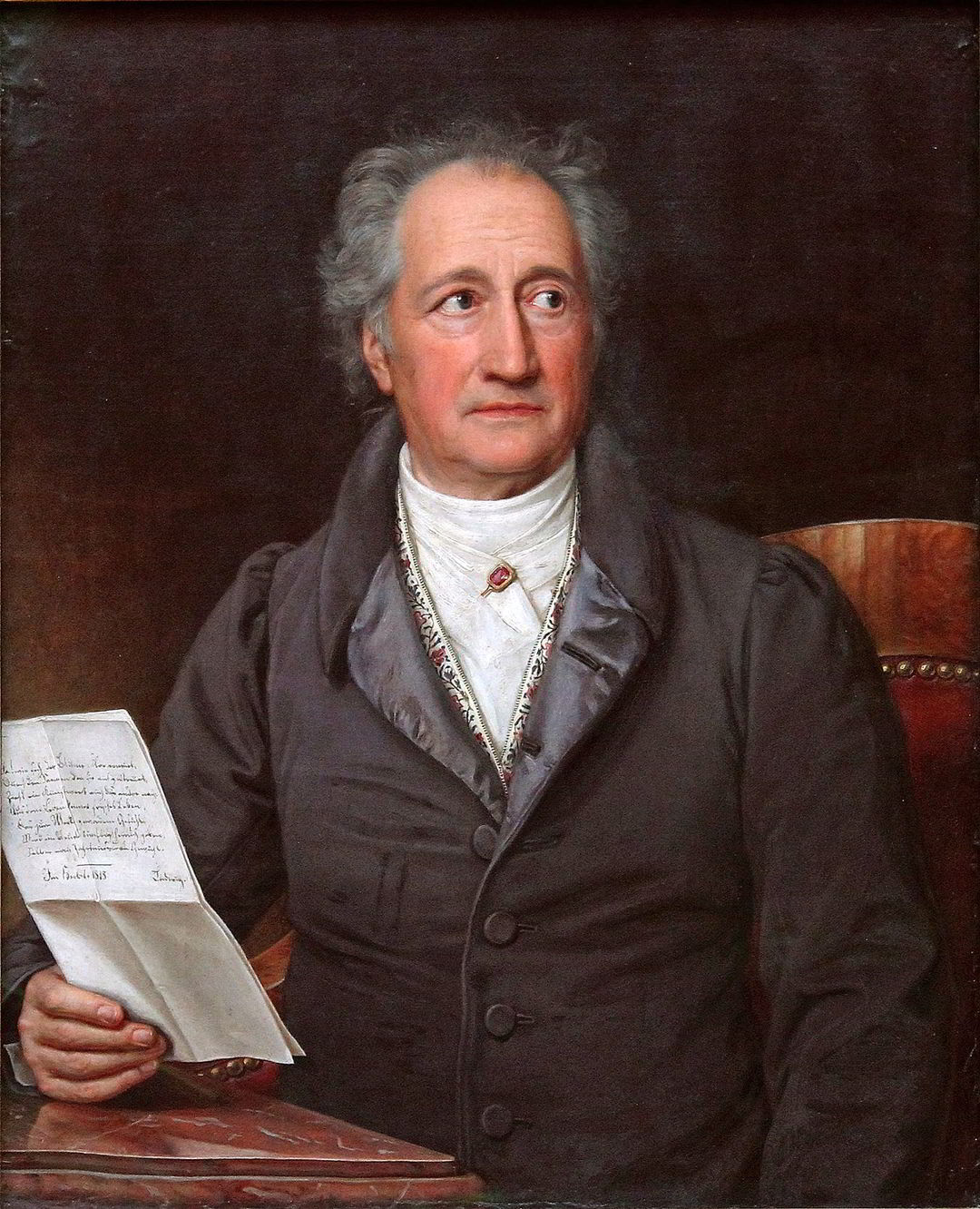Drive up the Line 5 highway North-East past vast swaths of countryside from Frankfurt, and about 340km, or around 3 hours later, you will arrive at the tranquil and quiet district of Eisenberg.The small town with a population of 11,500 is the birthplace of the WILH. STEINBERG piano. Surrounding Eisenberg and stretching as far as the eye can see, are wide, fertile green vineyards. Each drop of the grape’s delicate nectar embodies the goodness and beauty that nature intended for the vineyards.Meissen ceramics is well known for its production of the finest ceramics used in the arts and crafts and captures the essence of European art culture at Dresden, where it is located. In the 19th century, great composer Wilhem Richard Wagner created several of his masterpieces while he was in Dresden.Eisenberg not only inherited the deep musical roots of European cultural history, but also brought together the traditional piano making techniques that would anoint Eisenberg as the birthplace of the WILH. STEINBERG piano.
WILH.STEINBERG COMPANY
and the origin of legendary German Piano

The Origin of Legendary German Piano
Johann Wolfgang von Goethe and Eisenberg
When referring to the history of WILH. STEINBERG pianos, it is impossible not to mention Johann Wolfgang von Goethe. It was the year 1775, when the Duke Carl-August von Sachsen-Weimar-Eisenach invited von Goethe to leave central Germany and move to Thüringia. This apparently innocent invitation would lay the foundations for the fundamental evolution of Eisenberg’s future. Johann Wolfgang von Goethe dedicated his life to the development of German musical culture. He and his family were instrumental to the blossoming of musical composition and the performing arts in the region. His work there later also influenced the development of piano making craftsmanship.


Key Elements for The Most Superlative Pianos
In the late 18th century, Eisenberg was a small town of workshops and craftsmen producing parts for various famous German piano manufacturers. But soon, these workshops evolved and started to develop their own, unique and superior techniques for piano making.Eisenberg’s proximity to the nearby Thüringia forest ensured an uninterrupted supply of the finest timber, an important fact that contributed to Eisenberg’s reputation.In 1877, WILH. STEINBERG pianos was founded at their family workshop during the height of the German piano making period.
135 years of Piano-making Experience & Tradition
Since its establishment during the height of Germany’s piano making days, WILH. STEINBERG has still managed to maintain its indisputable status. WILH. STEINBERG’s pianos embrace classic and elegant designs and produce the most impressive musical quality, guaranteeing it a place in history as one of the most successful piano makers. Over 135 years of piano making heritage has been built on the precious passing on of experience and expertise gained by generation after generation of master craftsmen. Craftsmen, who have toiled to harmonise modern piano making techniques with traditional ones to ensure that the musical perfection and production quality of WILH. STEINBERG pianos remains an ongoing legacy.


Inheriting the piano-making craftsmanship and tradition of 135 years
WILH. STEINBERG pianos are reputed in inheriting handcraft piano-making tradition. Combining modern technology, WILH. STEINBERG pianos have accomplished an outstanding success. Inheriting the legendary achievement has become one of the most important topic for WILH. STEINBERG.Eisenberg has already established its own piano-making experience over 135 years, which guarantees perfect German pianos for every customer with satisfaction by its reliable performance, outstanding touch and convenient care.WILH. STEINBERG pianos use soundboards that were originally made from spruce sourced from the Italian region of Val di Fiemme. Violins made by Stradivarius, another celebrated name in the world of musical instruments, also use the exceptional hardwood from the Val di Fiemme region.WILH. STEINBERG pianos are assembled from over 6,000 components, of which, 60% are made from wood. Before any piano leaves the factory, it has to go through a battery of tests and procedures, the most critical being the soundboard test.At present, WILH. STEINBERG pianos source their Alaskan spruce from the best suppliers in the world for their beautifuly balanced and wonderful soundboards. Pianos made during the early days of its 135 year history originally used individually numbered solidwood spruce from Italy’s Val di Fiemme district.Trees from the region can grow to 1,000m tall and posses tight growth rings, one of the most important contributing factors to the outstanding quality of WILH. STEINBERG pianos. It was understood that, like WILH. STEINBERG pianos, the Stradivarius violins were also made from wood sourced from this region. The unique characteristics of the wood imbued the finished instruments with an exhilarating sound quality and intense tonal properties that would attract global acclaim
WILH. STEINBERG piano’s soundboard
WILH. STEINBERG piano’s soundboard is the benchmark of rich tone and extraordinary qualityTrees from the Val di Fiemme region often grew to over 1,000m and has remarkably tight growth rings. This rare phenomenon is specific to this type of hardwood and is key to bestowing soundboards made from it with an unusually long-lasting sound quality.This hardwood was greatly sought after by the world’s instrument makers. As WILH. STEINBERG was already enjoying a strong relationship with local soundboard maker, Ciresa, it continued to enjoy a steady and reliable supply.


Awards
The annual Music World event in Paris, France, gathers over 300 world renowned piano makers from across Germany and Europe, Asia and America.Since 1944, WILH. STEINBERG pianos have been recognised with the CHOC award on three occasions. Having won the hearts of many performers with its legendary sound quality and history, it is no surprise that it would be a repeat winner.










